
Turbulence – And Opportunity – Ahead In The Oracle Sparc Base
You can’t swing a good-sized cat without hitting an enterprise running Oracle software in some shape or form. …

You can’t swing a good-sized cat without hitting an enterprise running Oracle software in some shape or form. …
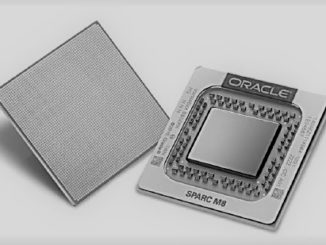
Intel is not the only system maker that is looking to converge its processor lines to make life a bit simpler for itself and for its customers as well as to save some money on engineering work. …
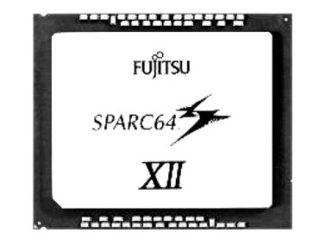
While a lot of the applications in the world run on clusters of systems with a relatively modest amount of compute and memory compared to NUMA shared memory systems, big iron persists and large enterprises want to buy it. …
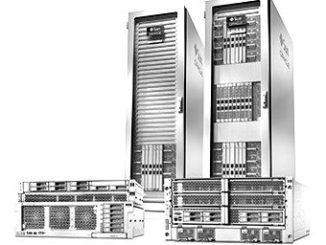
It is an accepted principle of modern infrastructure that at a certain scale, customization like that done by Google, Amazon Web Services, Microsoft, or Baidu pays off. …

The core counts keep going up and up on server processors, and that means system makers do not have to scale up their systems as far to meet a certain performance level. …
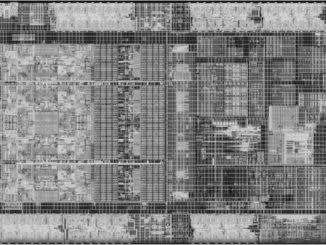
The vast majority of the so-called “engineered systems” that Oracle sells into datacenters are based on Intel Xeon processors. …

The best minds in networking spent the better part of two decades wrenching the control planes of switches and routers out of network devices and putting them into external controllers. …
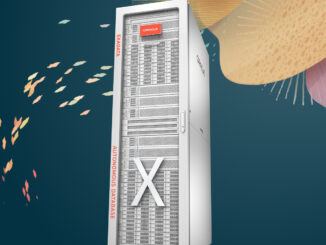
Transaction processing against relational databases may not be the focus of the datacenter, as it was when IBM created the first relational database and Oracle was founded to compete against it in the late 1970s. …
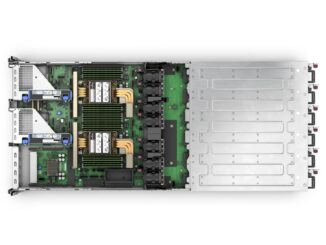
If you want to buy an exascale-class supercomputer, or a portion of one so you can scale up, there are not a lot of places to go shopping because there are not a lot of companies who have a balance sheet that is big enough to get all of the parts to build the machines. …
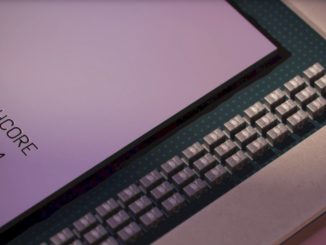
There have been rumors that either Arm Ltd or parent company and Japanese conglomerate SoftBank would buy British AI chip and system upstart – it is no longer a startup if it is eight years old – Graphcore for quite some time. …
All Content Copyright The Next Platform